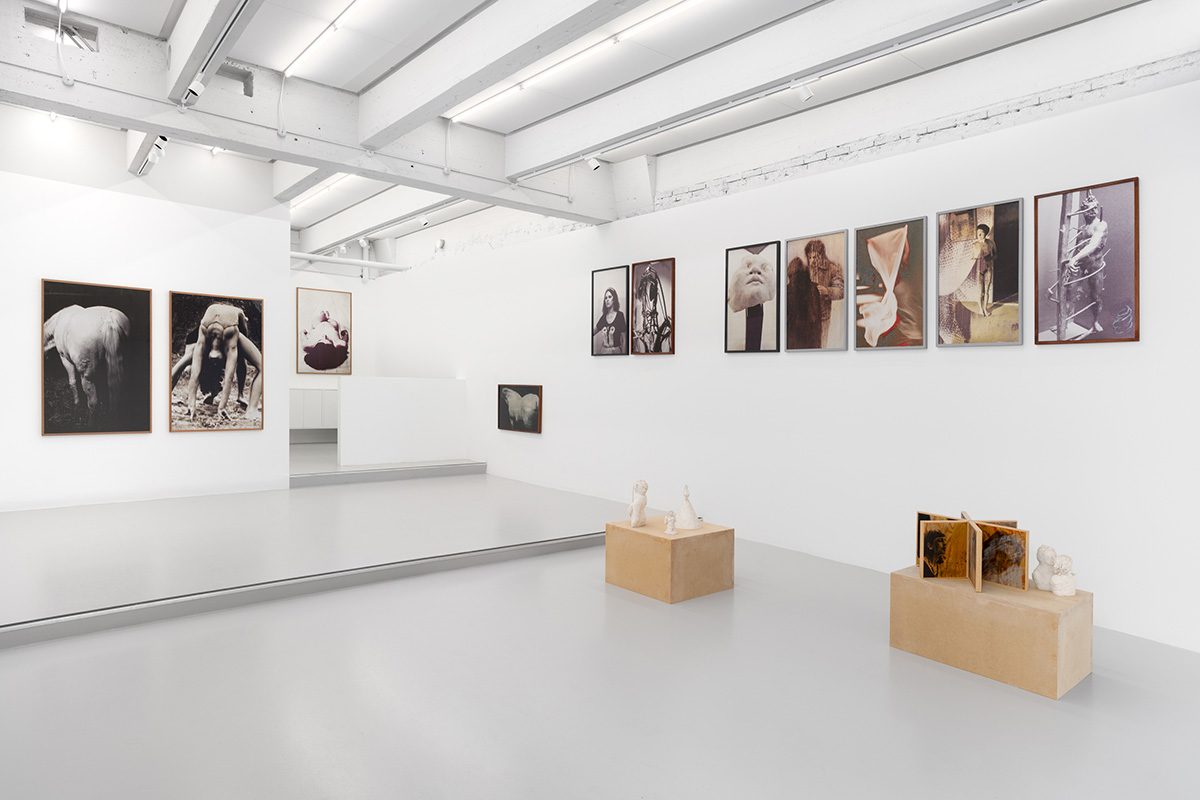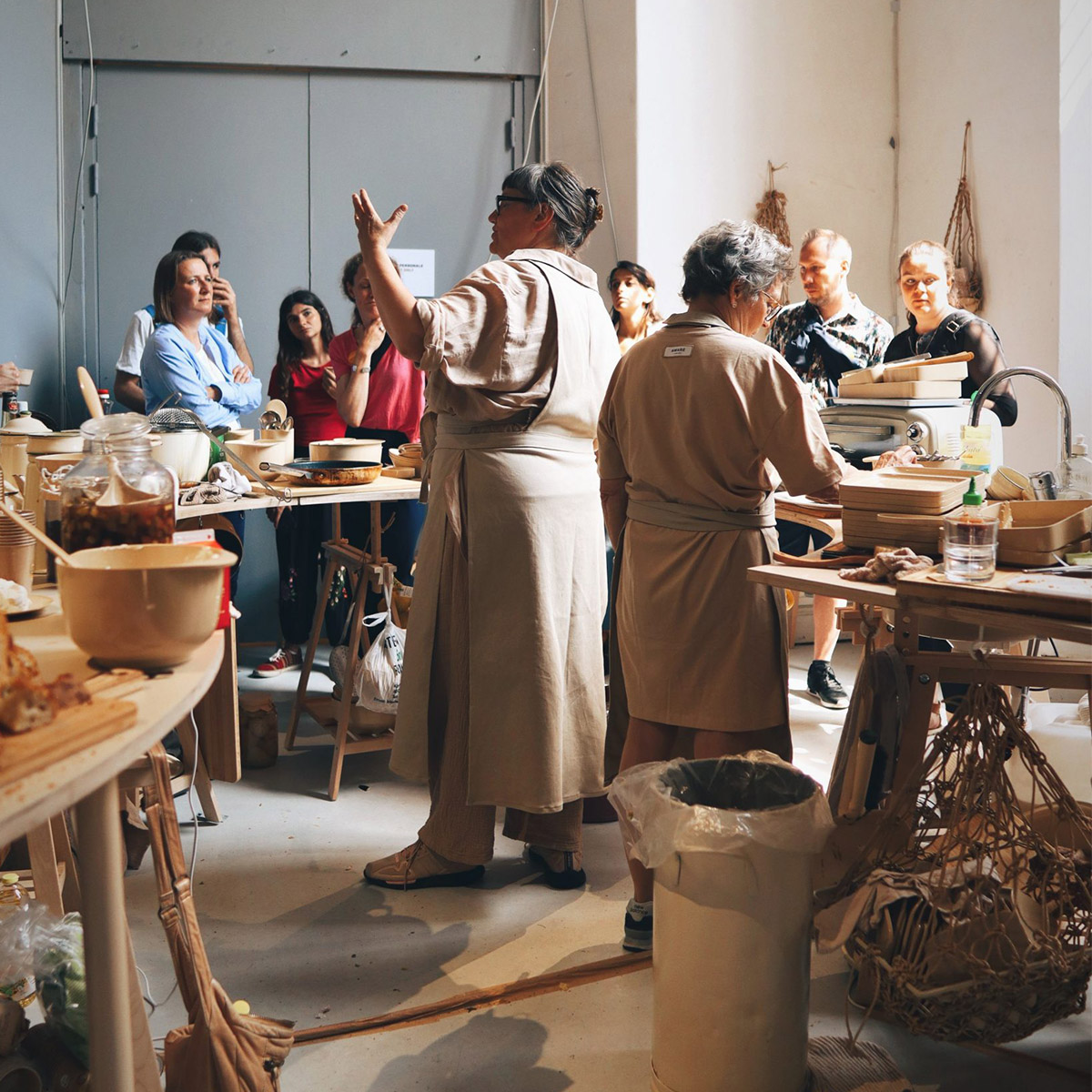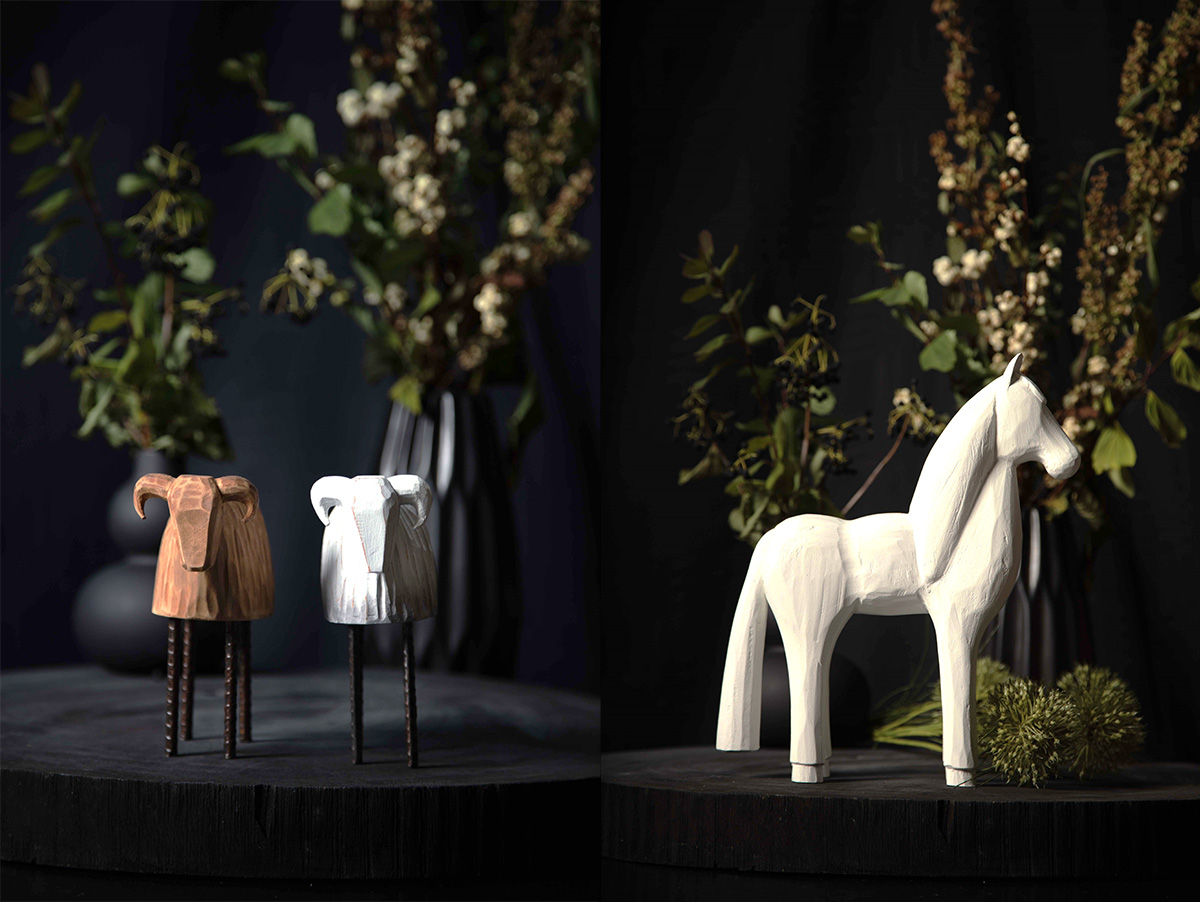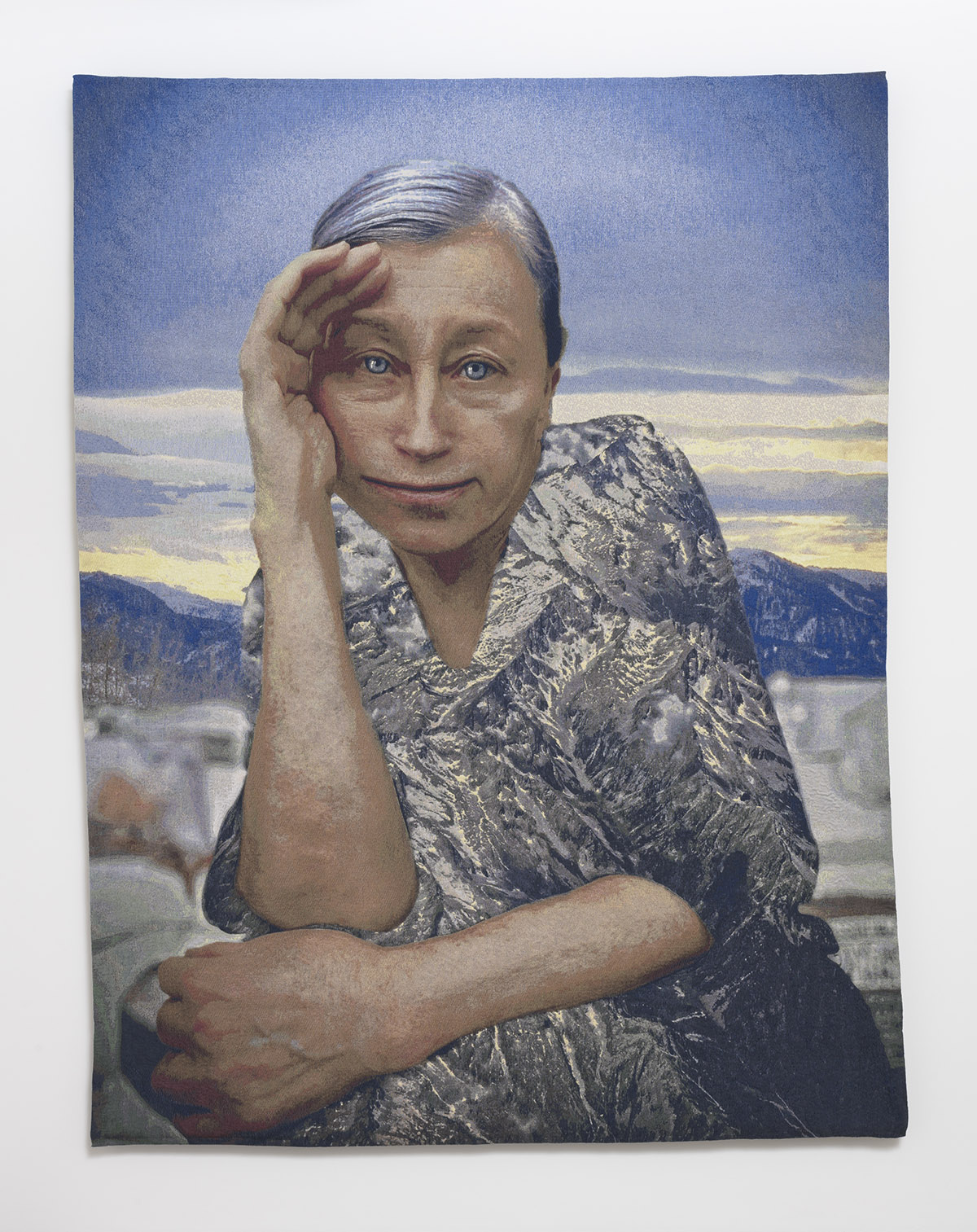Carl Eldhs Ateljémuseum: Tracing history through installation and exploration
By Nina Bressler
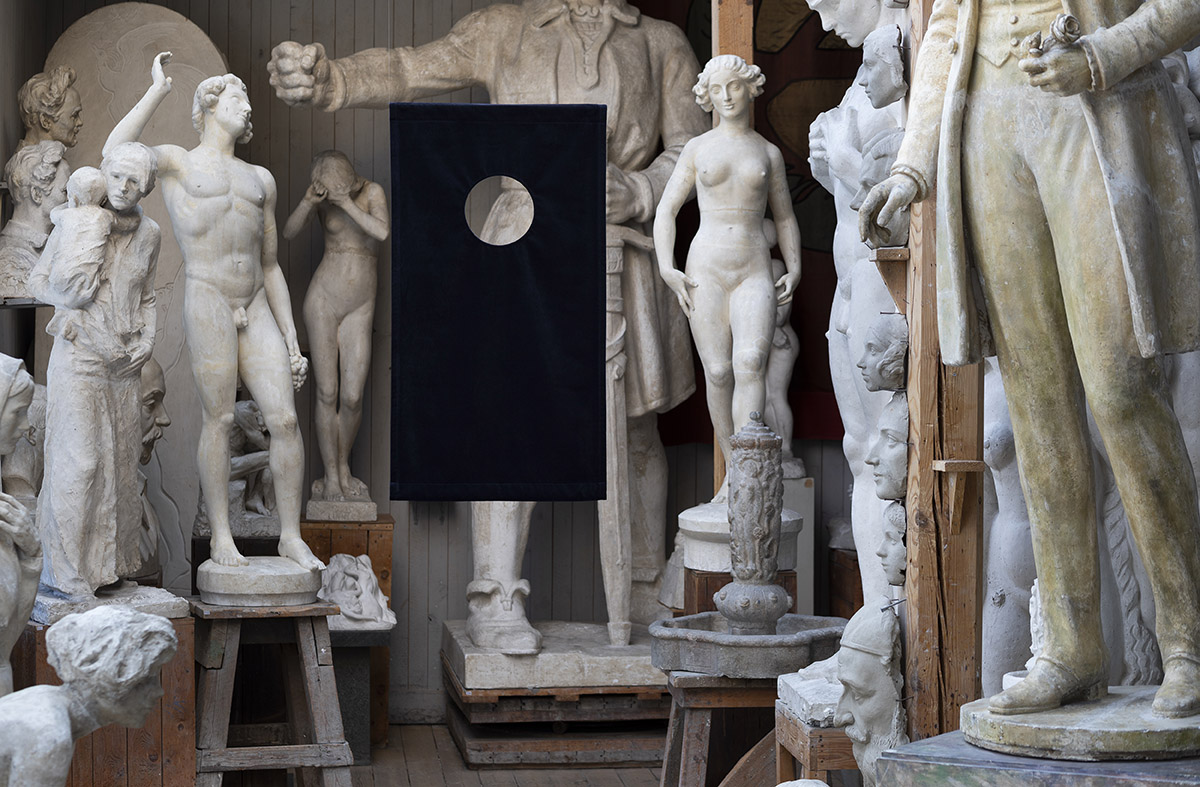
Piece by Susanna Jablonski and Cara Tolmie: Listening Panels (Hard Measures). Photo: Valdemar Asp
As a successful portrait sculptor and artist commissioned for numerous public works throughout the first half of the 1900s, Carl Eldh (1873–1954) was part of shaping the image of the historic, as well as the emergent, new Sweden. Many of his universal renderings of the human experience stemmed from his studio in Stockholm, a tarred wooden building located in a serene spot close to the city centre and entryway into an entirely different world. The studio has since been transformed into a museum open for all, and summer season 2022 will signal a new start with exciting events and exhibitions awaiting around the corner.
Carl Eldh, a brief history: Carl Eldh is the artist that grew up in Söderskogen, a small mining community in northern Uppland, Sweden. Born in 1873, his background was humble, and to save up enough money to train as a sculptor he worked as an ornament moulder for several years in his hometown.
Moderssorg was the sculpture that brought him recognition, earning him a gold medal at the Paris Salon in 1902. “Eldh’s journey, from a working class background into the fine art salons in France, is truly fascinating. Success wasn’t handed to him; he earned it through stamina and talent. His early flair for artistry and his deep fascination with the human experience elevated him into the top artistic spheres, on both the Swedish and an international stage,” says Joanna Nordin, newly appointed director for Carl Eldhs Ateljémuseum.
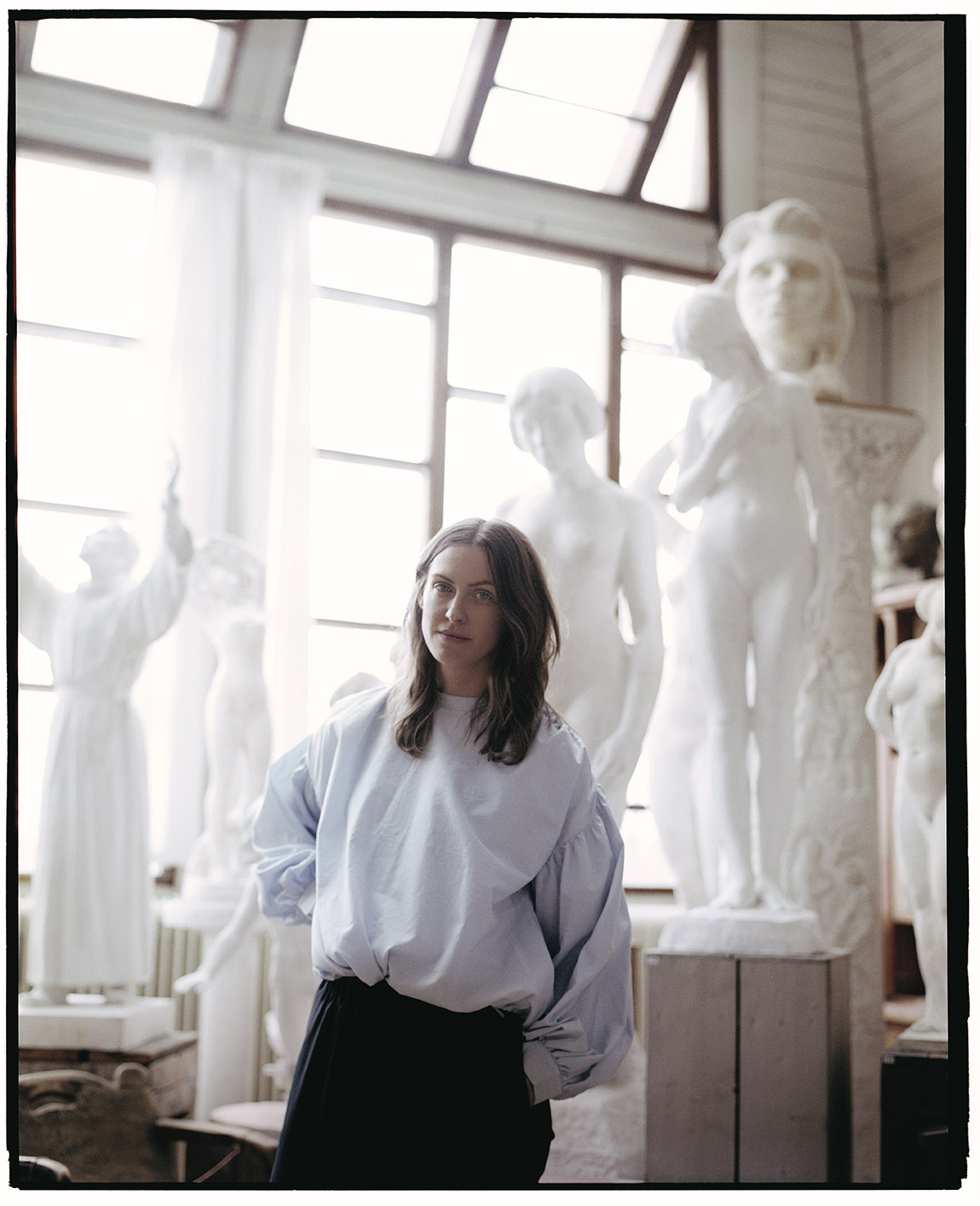
Joanna Nordin. Photo: Patricia Reyes
A magical spot
The studio is located in Stockholm, not far from the city centre but tucked away peacefully close to Brunnsviken in Bellevue, part of The Royal National City Park. The studio and building has not changed much since its establishment during the late 1910s; the same majestic, wooden facade with artistic details, unmistakably Eldh, towers up in the midst of the intimate studio garden, an earthly Eden for art and garden lovers alike.
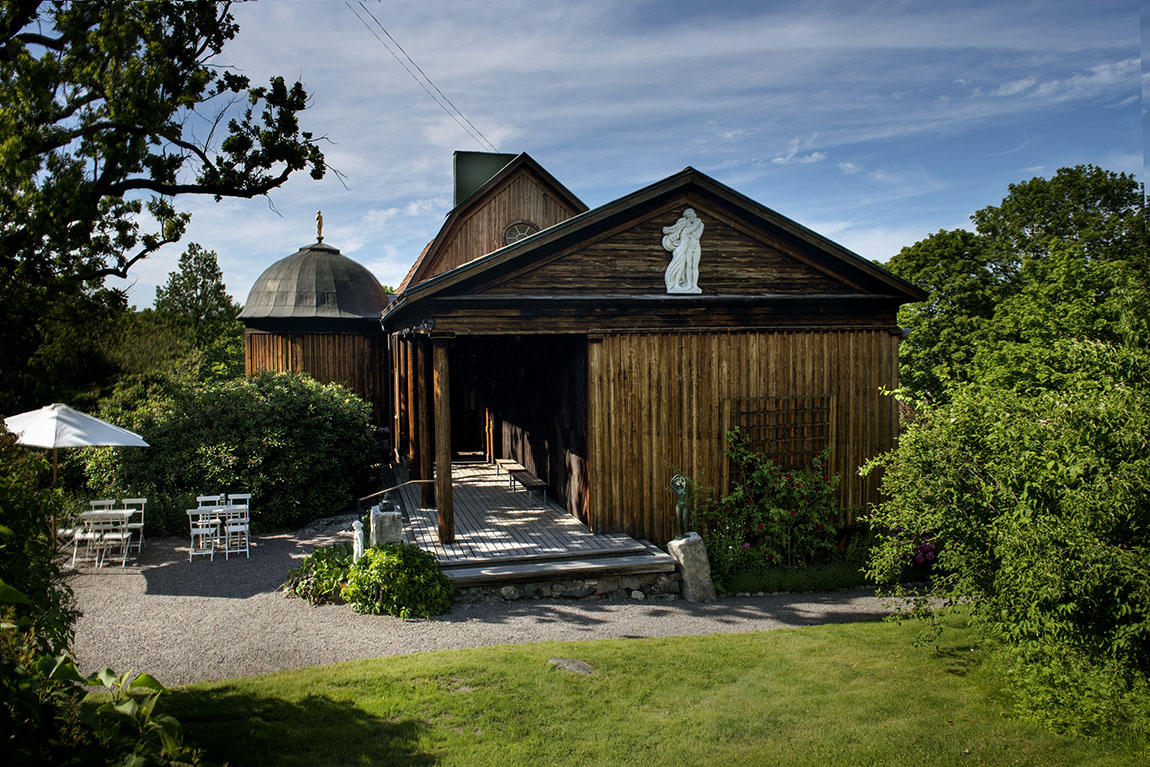
Exterior from the south. Photo: Urban Jörén
The interior is as original as the exterior. Original plaster models fill the two studios, just as Eldh left them, and close to 500 works are on public display. Walk around, get up close and experience the spirit of his art through vivacious renderings of human nature, captured eternally in sculptures and sketches.
The garden offers a peaceful break from the outer world, and the self-service café is the perfect spot for a coffee and contemplation. “Carl Eldh’s art speaks the language of the soul. He portrayed famous personalities as well as common people, caught in everyday business. Mother to child, lover to lover, old and young; his sculptures are about the feelings that we have as human beings and the eternal values that hold us together. It’s subjective and it’s universal. His studio embodies his work and captures his spirit to this day,” Nordin says.
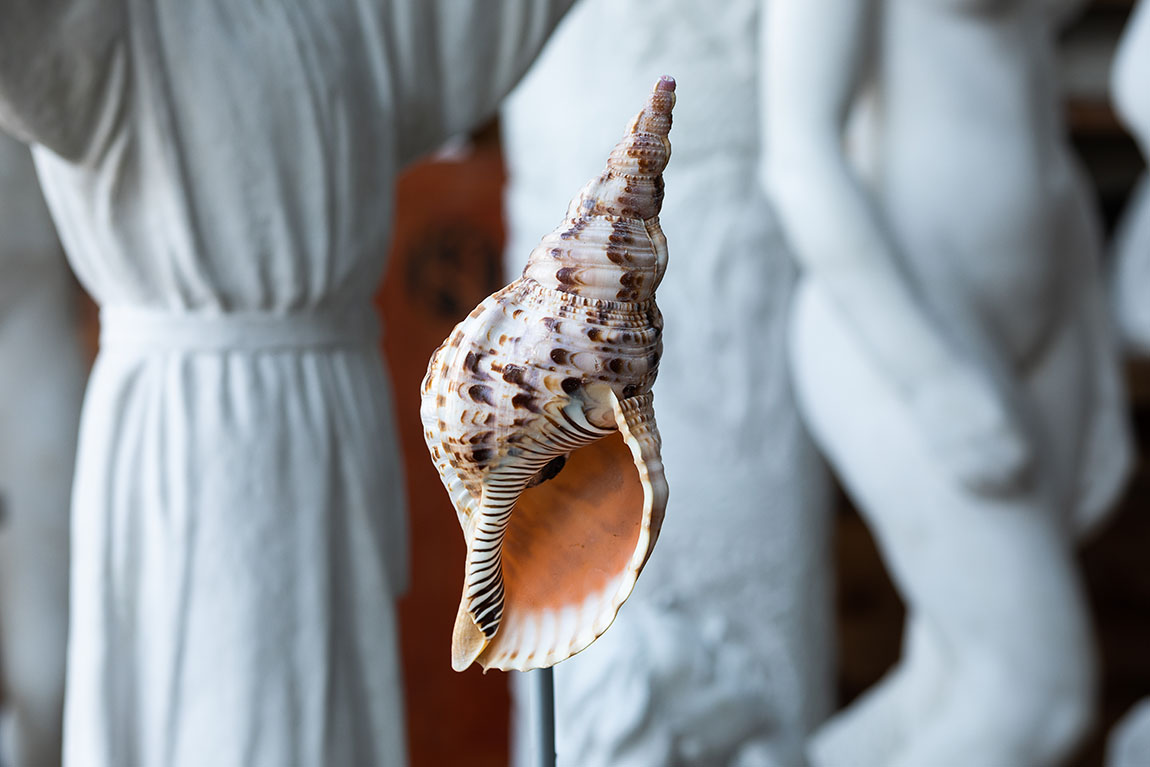
Breath, 2019, by Danae Valenza. Photo: Valdemar Asp
Creating poignant programmes connecting now and then
2022 has some exciting things in store: the summer exhibition, Släpljus, explores questions of historiography, personal or collective memory, and our relation to history and time. ‘Släpljus’ – a type of trailing or dragging light – is the word used to describe the low light setting used by historical conservators in examining ancient artefacts, and the exhibition by the same name will be an exploration of how the works by Eldh can be interpreted from new and thought-provoking perspectives. How do you approach the historical significance of a place, of a work of art, and how do you relate it to our current time? Six artists – Chiara Bugatti, Susanna Jablonski, Cia Kanthi, Anna Ting Möller, Cara Tolmie and Danae Valenza – have been invited to interpret the individual and collective memory formation and to put their light on history in unique ways through site-specific installations.
A new digital identity is also on its way: a new website launches in May, hosting parts of Eldh’s image archive, which will be a treasure for admirers across the globe. Walking tours will continue to be a prominent feature of the activities, where visitors are welcomed on a stroll through the most historically important and beautiful places around Stockholm.
Stadshusparken, the Nordic Museum, Djurgården and Tegnérlunden are some locations where Eldhs sculptures have had a dramatic impact. “Eldh was quite unique in the way he decided to keep large parts of his gypsum casts – originals for artworks often meant for other materials and placements not seldom in the public realm. What is left in the studio are forms of phantoms of these works, stretching out toward other places and times – a collection that, in near infinity, allows itself to be unfolded and explored from different perspectives. Our aim today, by inviting high-level contemporary artists and practitioners, is to explore how a cultural heritage site can offer new and dynamic perspectives, shedding new light on the histories embedded in the historic materials. We’re inviting our audiences to explore this magical spot in new and exciting ways,” Nordin concludes.
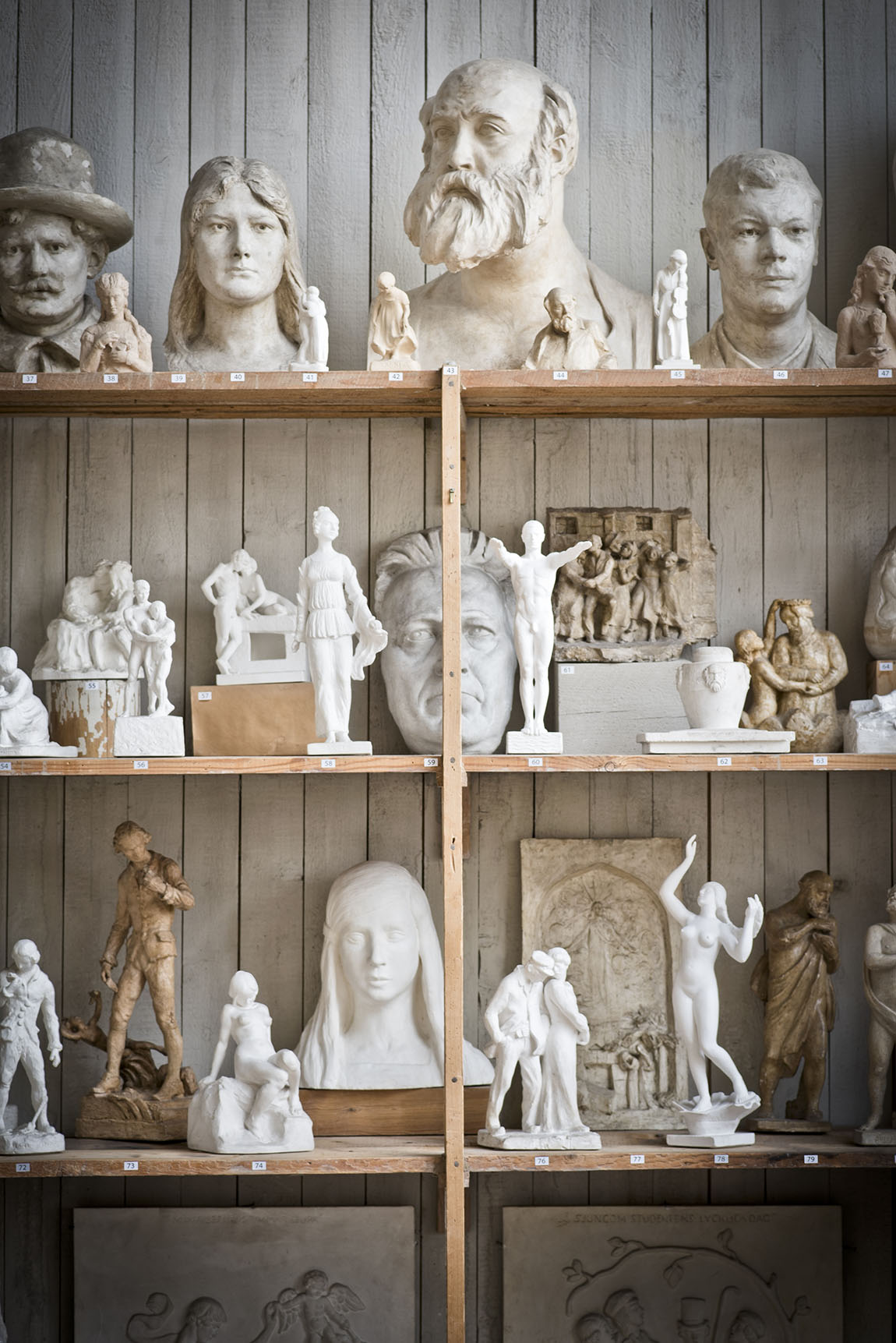
Sculptures as Carl Eldh left them. Photo: Urban Jörén
Web: www.eldhsatelje.se Instagram: @carleldhsateljemuseum
Subscribe to Our Newsletter
Receive our monthly newsletter by email

